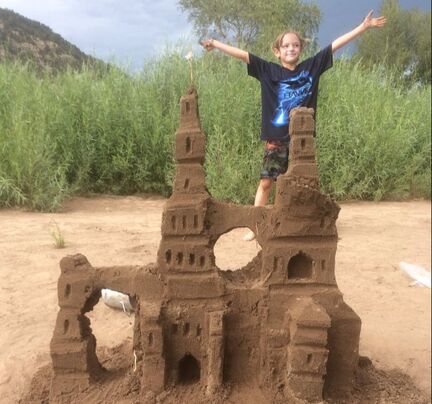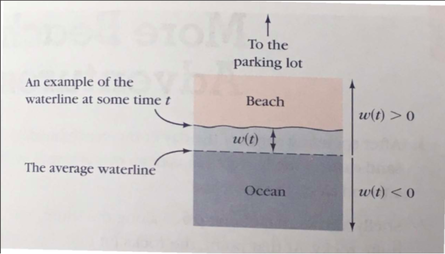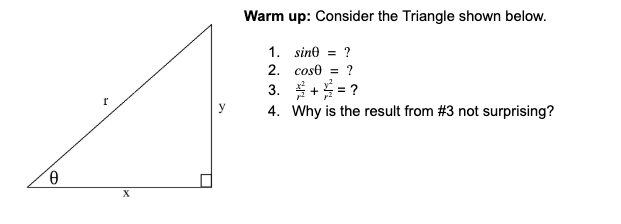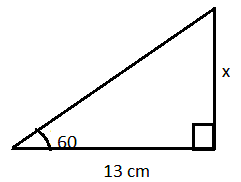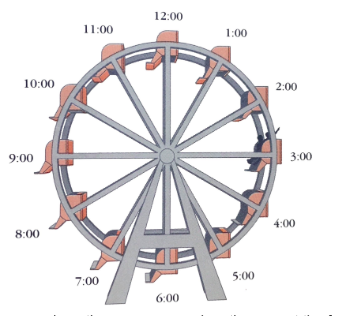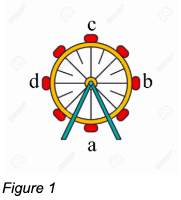Objective: Use vectors and equations for falling objects to find where the Flying Delorean will land.
Warm up: Review the following things we did yesterday and Tuesday.
- Explain the free body diagram of the Flying Delorean
- List all of the equations we found for a falling object with an initial velocity.
Solve for the Flying Delorean:
- Find the vertical and horizontal initial velocity
- Find the air time of the Flying Delorean
- Use the air time to find the horizontal distance traveled



